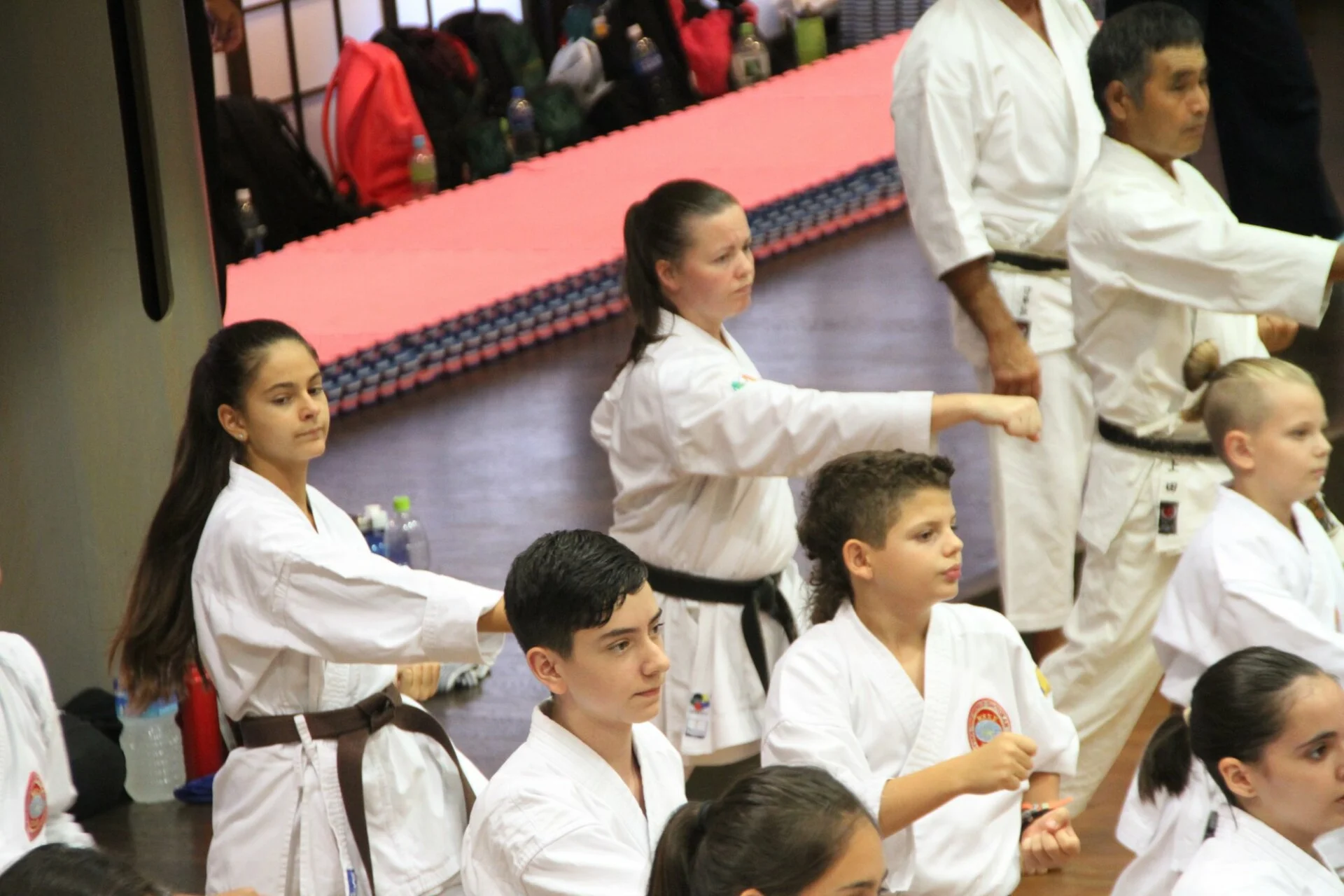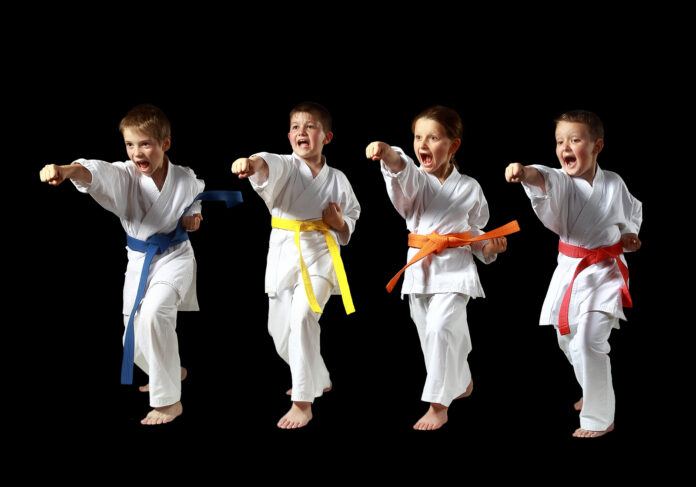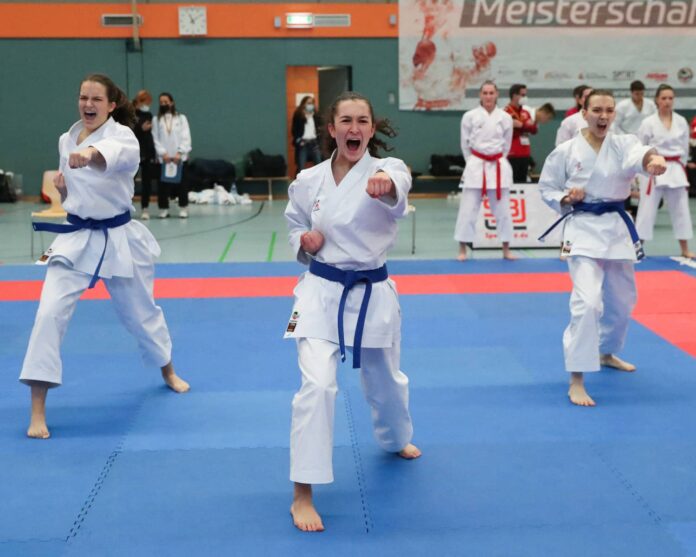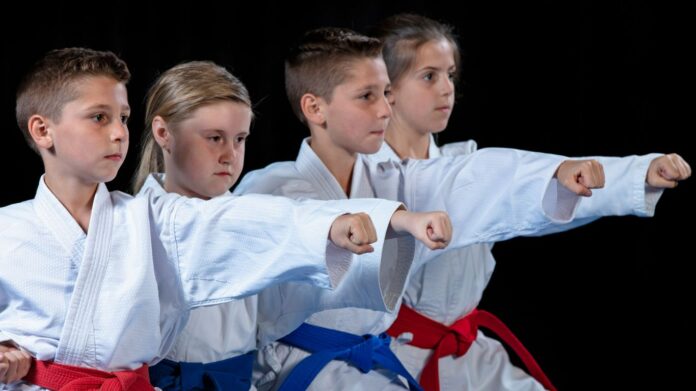A child’s ability to excel in martial arts, particularly karate, often depends on mastering the foundational skills, otherwise known as Kihon. The focus of our insightful journey today is to explore Kihon’s vast dimensions within children’s karate training.
With an eye for safety, motivation, and integral training methods, this guide will illuminate the path for parents, instructors, and enthusiasts alike, laying down the stepping stones to a future generation of martial artists.
Importance of Kihon Training for Kids

Without question, Kihon acts as the bedrock of a child’s karate journey. It’s not merely a series of physical exercises, but an introduction to the discipline, focus, and perseverance that will shape their character. Children discover their inner strength, learn to appreciate their unique abilities and cultivate self-discipline that transcends the dojo into everyday life. These traits, often unnoticed, form the silent power behind every successful karateka. This is why you must find the best karate schools for your children to learn in.
On the physical plane, Kihon equips youngsters with the necessary coordination, flexibility, and strength. The basic stances, punches, and kicks are not merely about aesthetics or technique; they’re an investment in the child’s overall physical development. Such training fine-tunes motor skills and promotes healthy growth. A comprehensive understanding of Kihon ensures a strong, resilient body that carries the young martial artist gracefully into adulthood.
Key Elements of Kihon Techniques
Delving into Kihon’s heart reveals its essential components: stances, punches, and kicks. These elements form the skeletal structure of karate, teaching children balance, precision, and power. Stances like Zenkutsu-dachi (forward stance) or Kokutsu-dachi (back stance) teach equilibrium and strength, while punches and kicks focus on coordination and accuracy. These techniques, though basic, hold within them the seeds of all future karate learning.
Beyond the physical lies the harmonization of mind and body through Kata (forms) and breath control. Kata channels the physical techniques into a dance-like pattern, weaving a story that the young karateka learns to narrate. Breath control, on the other hand, teaches them to harness their inner energy, to be present in the moment, and to strike with controlled intensity. These subtle teachings are profound, resonating deeply within the child’s psyche.
Teaching Kihon to Children: Tips and Strategies

Children are unique, each bringing their personality, strengths, and challenges to the dojo. Successful teaching of Kihon hinges on recognizing these individual needs and tailoring the training accordingly. It involves communicating clearly, using age-appropriate language, and encouraging each child to express their understanding of the techniques. This personal touch fosters a trusting relationship and sets the stage for enjoyable and productive training.
Kihon doesn’t have to be rigid or monotonous. Spicing up the training with games, playful drills, and interactive activities can make learning enjoyable for children. Instructors who blend humor and fun into Kihon training engage the child’s imagination, making complex techniques more digestible. A happy child, enthralled in play, absorbs the lessons effortlessly and looks forward to each session with anticipation.
Kihon Drills and Exercises for Kids’ Karate
Within the dojo’s walls, Kihon drills hold the key to progression. Introducing gradual difficulty, setting achievable targets, and encouraging the child to strive for excellence leads to a tangible sense of accomplishment. The instructor’s role is to recognize even small achievements and build upon them. A well-structured training plan, peppered with clearly defined goals, can be the wind beneath a young karateka’s wings.
Drills might seem repetitive, but they’re anything but dull. The constant practice of Kihon techniques embeds them into the child’s muscle memory. This painstaking repetition ensures that each movement becomes a natural extension of the body. A punch is no longer just a punch; it’s an expression of their inner strength and character. This transformation doesn’t happen overnight but evolves through persistent and patient practice.
Building Strong Foundations: Kihon’s Impact on Karate Progression

Starting with Kihon doesn’t mean stopping at Kihon. The fundamental skills are the gateways to the higher, more sophisticated levels of karate. As a child’s understanding deepens, the basic techniques evolve into fluid combinations and intricate forms. Kihon is never left behind but continues to nourish and guide the martial artist’s journey. It’s an evolving relationship that unfolds beautifully, allowing them to face new challenges with confidence.
It would be a mistake to think that Kihon’s influence wanes as a child progresses. The roots grow deeper, continually providing nourishment and support throughout their karate life. The balance, coordination, and precision learned in the initial stages remain relevant, enhancing every new skill they acquire. This lifelong partnership with Kihon serves as a reminder that every master was once a beginner, humbled, and guided by the basics.
Integrating Kihon into Kids’ Karate Classes
Kihon should not be an isolated segment in kids’ karate classes; it must weave seamlessly into the fabric of the entire curriculum. This integration means aligning the basic techniques with advanced lessons, creating a flow that enhances overall learning. It’s akin to building a beautiful mosaic, where Kihon forms the central piece, harmonizing with other elements to create a balanced and enriching experience.
The one-size-fits-all approach falls short when it comes to children’s diverse needs. Integrating Kihon effectively requires tailoring the techniques for different age groups. The creativity lies in adapting the basics to the child’s level of comprehension, physical ability, and emotional readiness. Customization ensures that the child feels connected and challenged, fostering a love for karate that grows with them.
Safety Considerations for Kihon Training in Children

Safety isn’t just a priority; it’s a non-negotiable aspect of Kihon training. The onus lies with instructors to ensure that every punch, kick, and stance is performed with the proper technique to prevent injuries. Constant supervision, combined with clear instructions, minimizes risks. Regular assessments of the child’s readiness for new challenges keep the learning curve smooth and free from unnecessary setbacks.
Physical safety is just one part of the equation. The emotional and mental well-being of the child is equally paramount. Creating a nurturing environment that respects individuality, encourages effort without undue pressure, and fosters camaraderie builds emotional resilience. This holistic approach to safety transforms the dojo into a sanctuary, where children feel secure to explore, learn, and thrive.
Final Thoughts
The journey through Kihon’s rich landscape unveils a world where simple techniques blossom into lifelong skills, shaping not just martial artists, but individuals ready to face life’s challenges with grace and determination. This guide, woven from insights and expertise, offers a path to those who seek to foster this essential growth in the next generation.
In the hands of dedicated instructors, parents, and supporters, Kihon’s lessons resonate beyond the dojo’s walls, echoing in every heartbeat of a child’s burgeoning life as a karateka.









